You are NOT Allowed to do THIS on the Violin
Where do the rules about violin hold, bow hold and other technique come from?
Should you follow them even when they don’t work for you?
After running a violin shop for over ten years, I’m surprised on a regular basis what some violin teachers see as ‘non-negotiable’ or a ‘rule’. The chinrest en shoulder rest ALL students should use, the way to hold the violin, the way to bow, the way to place the fingers and much more. They all teach in a different way, but they all see their method as the one and only truth.
Look, I’m not talking about ALL violin teachers and being a teacher myself I understand that you need to sometimes give students some strict guidance so they don’t mess up all the way. However, sometimes we teachers can go too far in what’s ‘correct’.
Have you ever seen your favorite soloist doing exactly what your teacher has forbidden?
A couple of weeks ago a woman was in my shop and she had been following lessons for almost a year, but was completely confused about her technique. The first months of violin playing were one big struggle. Her violin hold was really uncomfortable and she hardly couldn’t put down her fingers the way she was taught. She desperately wanted my advice to ‘get started’. I made clear that I couldn’t ‘get her started’ in a couple of minutes and that I wouldn’t want to cross her teacher telling different stuff.
I gave her some instructions about how she could place her fourth finger much more easily: by having her knuckles more in line with the neck of the violin and by putting the violin a bit more in her hand leaving more space for your fingers. I also corrected her violin hold, so she was more comfortable.
However, every step on the way she asked ‘but is this allowed’, ‘but may I really do it this way’ and ‘this is so much easier, is it really right’.
Look, there is no police car stopping over to bring you to jail if you don’t ‘play by the rules’.
Whatever those ‘rules’ are anyway!
Are you uncomfortable playing with a shoulder rest and does your teacher say you ‘need’ it? Well, all great players before 1960 didn’t need one… they played all big repertoire without one. There are many more examples.
Join my FREE beginner violin course
I take you from scratch step by step to your first violin concerto including 40 videos, sheet music and violin tabs.

Hi! I'm Zlata
Classical violinist helping you overcome technical struggles and play with feeling by improving your bow technique.
In the last couple of hundred years we’ve learned a lot about what’s the best way to play violin
There were great players and great pedagogues, so you would be stupid to invent the wheel yourself. Violin playing is difficult enough as it is, so I always make sure that I learn the best practices.
Some adult beginners want to ‘discover themselves’ in a ‘natural way’ and of course they get stuck and disappointed.
The thing your teacher is hammering on so many times, could be something that prevents you from getting stuck in the future. Perhaps you don’t see that right now. Perhaps your teacher is more experienced and has more knowledge… and if you feel she/he isn’t, find another teacher.
Find a balance between ‘the rules’ and discovering what works for you
Know that there are a lot of different rules. Just look at different concert violinists and you’ll see they don’t play in a uniform way, certainly not when you also look at older recordings. Everyone has a different body, personality, way of moving etc. Music is an art. We have to find our way.
So… don’t be the stubborn adult who gets stuck and throws their violin into the fire after a while.
But… don’t be compliant in a lazy way. Experiment during your practice. Learn as much from your teacher as you can. Look around on the internet and watch other teachers and other players.
Try things out. Have a curious mind. Be open, but be not afraid to research things yourself. Discover what works best for YOU.
Let me know in the comments what’s your biggest takeaway from this article and what you are going to adjust in your practice mindset!

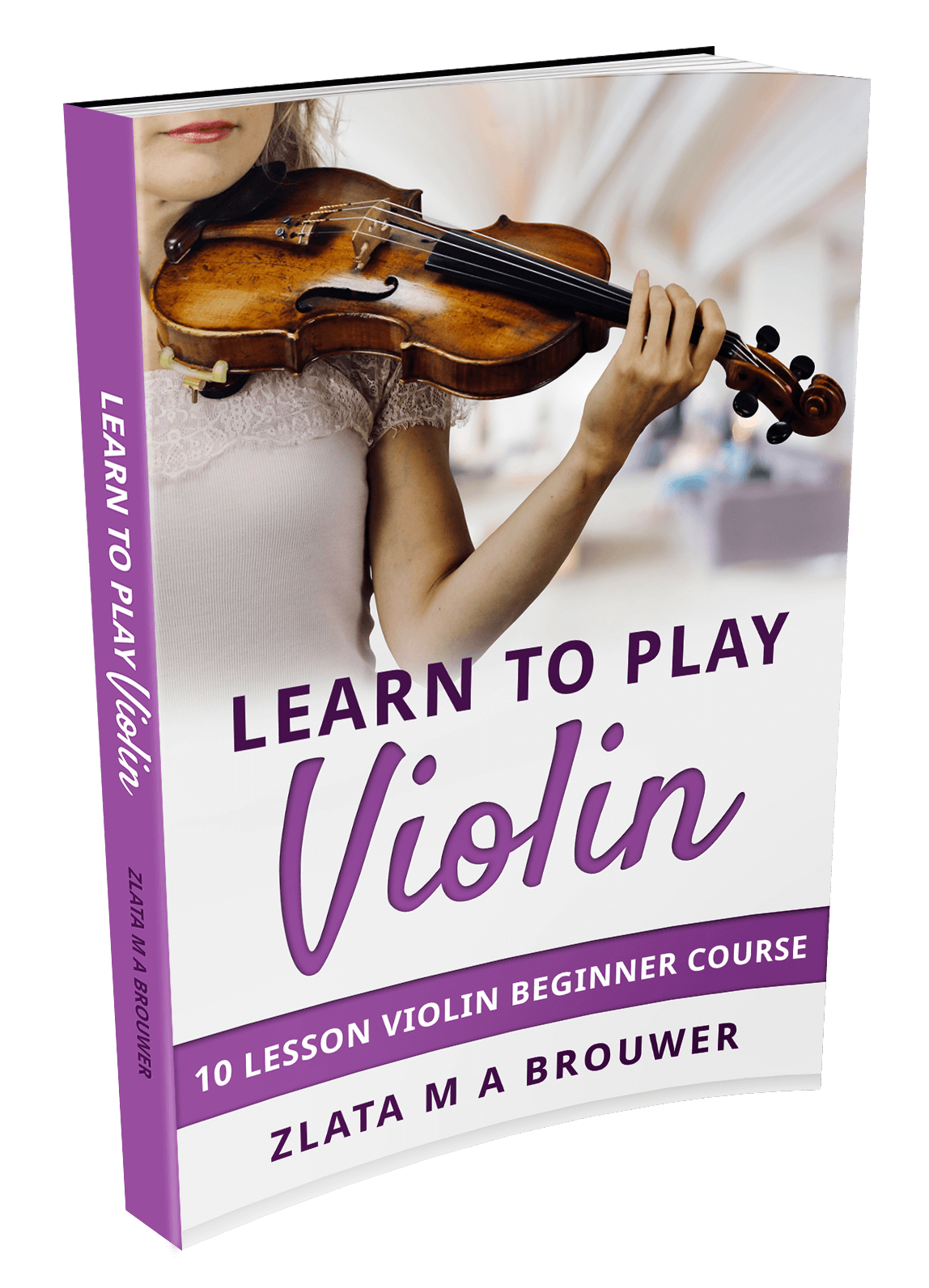
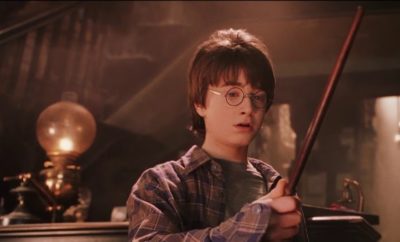
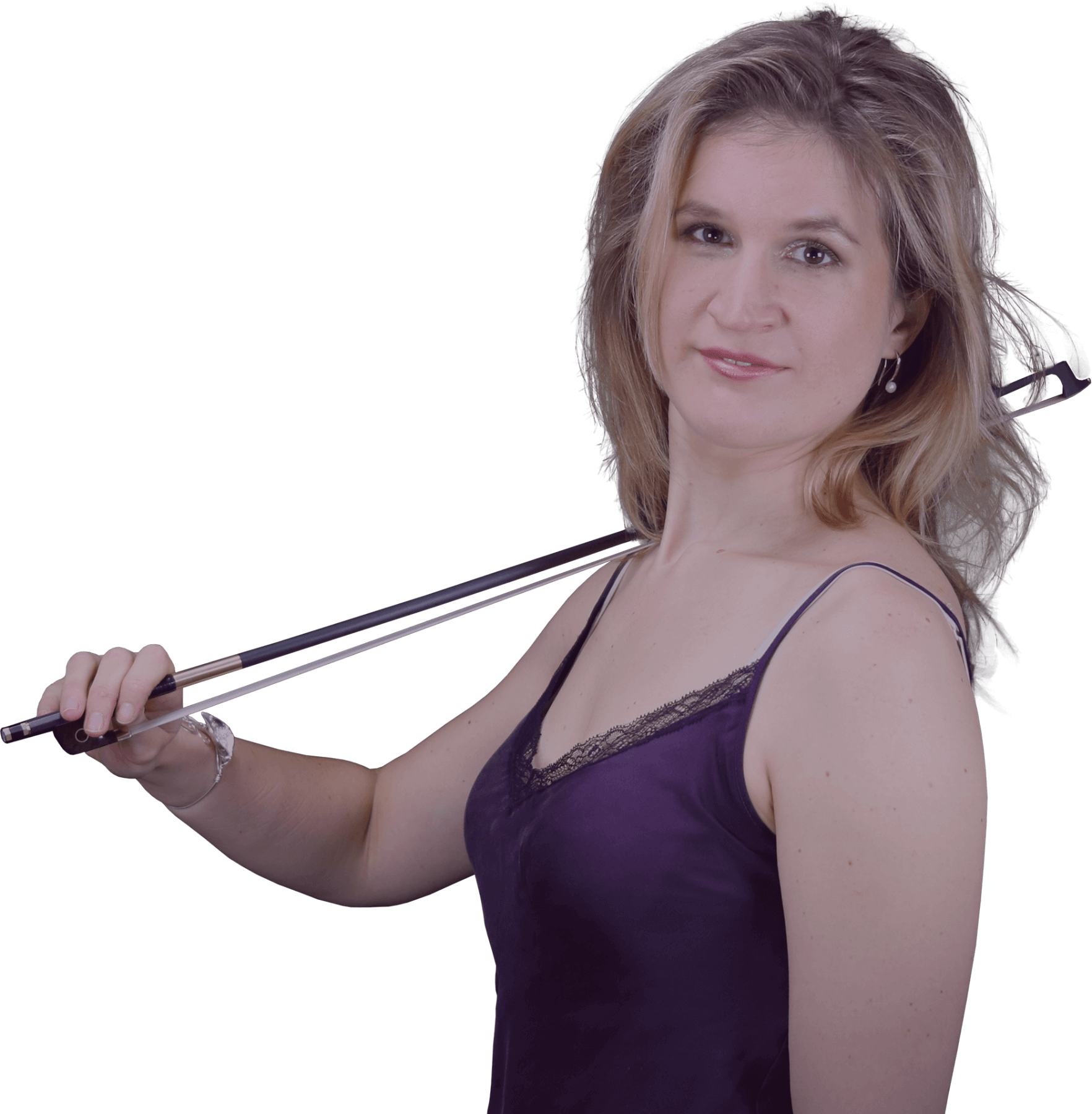
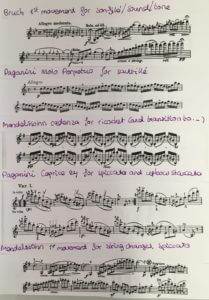
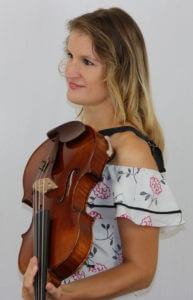 Playing the viola as a violinist expands your possibilities in sound colors and playing together
Playing the viola as a violinist expands your possibilities in sound colors and playing together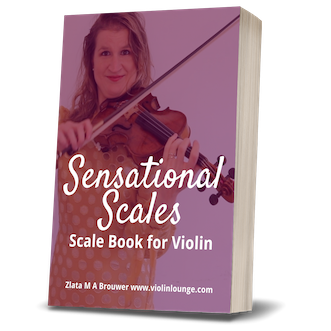
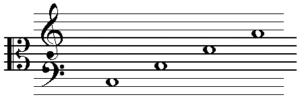 Violists read in a different cleff: the C cleff. Reading notes is the biggest challenge violinists experience when picking up the viola. The note C is on the middle line of the staff. This means that the note you see is seven notes lower than in the violin cleff. An easier way to look at this is that the note you see is an octave higher and a note lower than the note that should sound. In the image on the right you see the F cleff (cello and piano left hand), the C cleff (viola) and the G cleff (violin).
Violists read in a different cleff: the C cleff. Reading notes is the biggest challenge violinists experience when picking up the viola. The note C is on the middle line of the staff. This means that the note you see is seven notes lower than in the violin cleff. An easier way to look at this is that the note you see is an octave higher and a note lower than the note that should sound. In the image on the right you see the F cleff (cello and piano left hand), the C cleff (viola) and the G cleff (violin).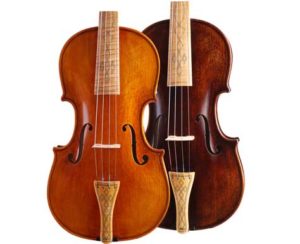 The violin like it was played from the 16th to the 18th century, is called the baroque violin. Famous makers were Amati, Stradivarius and Guarneri. Their instruments are still played today and sold for millions. When such an old instrument is played on in a concert, most of the times it’s changed into a ‘modern’ violin.
The violin like it was played from the 16th to the 18th century, is called the baroque violin. Famous makers were Amati, Stradivarius and Guarneri. Their instruments are still played today and sold for millions. When such an old instrument is played on in a concert, most of the times it’s changed into a ‘modern’ violin. 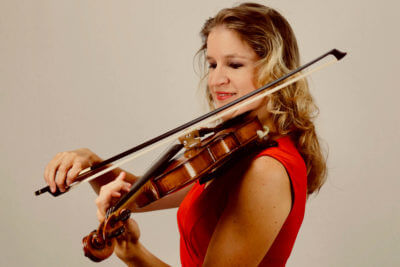 Violin
Violin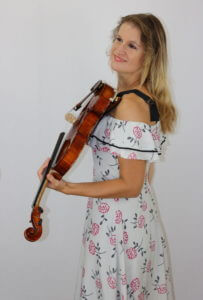 Viola
Viola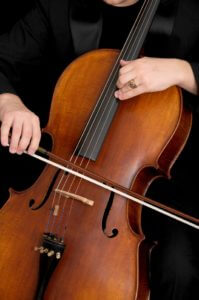 Cello
Cello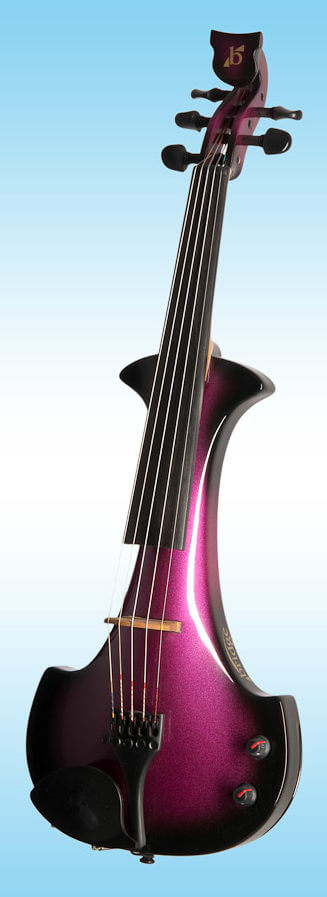 Since a couple of decades there are electric violins, just as there are electric guitar. Usually an electric violin doesn’t have a sound box. Because of that they can come in all shapes and forms. The sound is picked up by an element and amplified by an amplifier.
Since a couple of decades there are electric violins, just as there are electric guitar. Usually an electric violin doesn’t have a sound box. Because of that they can come in all shapes and forms. The sound is picked up by an element and amplified by an amplifier.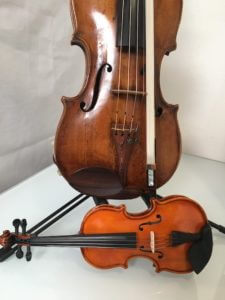 Children can start on the violin from a very early age. Some violinists even started at two years old! The average age to start with the violin is six to nine years old. This is suitable for most children. An earlier age depends on the character and concentration span of the child.
Children can start on the violin from a very early age. Some violinists even started at two years old! The average age to start with the violin is six to nine years old. This is suitable for most children. An earlier age depends on the character and concentration span of the child.